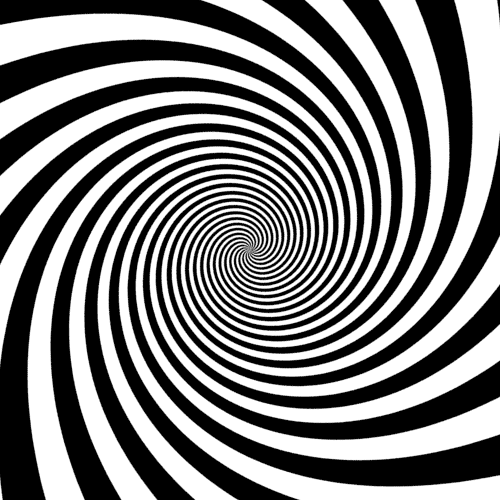Understanding sets of decreasing intervals
Page last updated 02 Sep 2021

Some people appear to have difficulty with understanding a logical analysis of cases of decreasing intervals such as the Courant and Robbins contradiction and Lebesgue measure. I have explained in Understanding Limits and Infinity how the application of limits provides a logical result without any concomitant contradictions, but this does not appear to satisfy some readers. So I have written this page to show why the contradictions that are inherent in conventional treatments of such cases cannot be resolved without attending to how infinity is dealt with in the definitions.
We will deal with the definition of a set
From the set of real numbers, we define a set
We will use the term
We note here some definitions:
Open interval: An open interval is an interval that does not include the endpoints that define that interval. An example of an open interval is one whose endpoints are 1⁄3 and 1⁄2 is the set of all points between 1⁄3 and 1⁄2 but not including the points 1⁄3 and 1⁄2.
Closed interval: A closed interval is an interval whose endpoints are included in the interval.
Complete Interval: An interval of
Degenerate interval: A degenerate interval is an interval that consists only of a single point
At this point we note that there cannot be any degenerate open interval; suppose for a moment that there could be such an interval - then its endpoints must either be different or be identical. If its endpoints could be different, then ipso facto, they would define a non-degenerate interval which obviously could not be a degenerate single point. But on the other hand, if the endpoints could be identical, then by the definition of open, the endpoints cannot be included in the interval - and that means that there are no points that could be in the supposed interval, and so there cannot be any such interval.
Endpoints
We can also observe that, ignoring for the moment the question of which points belong to which set, every point is:
- the left endpoint of infinitely many closed intervals, and
- the left endpoint of infinitely many open intervals, and
- the right endpoint of infinitely many closed intervals, and
- the right endpoint of infinitely many open intervals.
So, for example, if a point is the right endpoint of a complete open interval of a set
The intervals of B
Consider what can be in the set
Endpoints of complete intervals of A
Looking at the definition of the set
Since every rational is the midpoint of an associated interval
At this point we may observe that we have not specified in the definition of the set
A contradiction
But now have a contradiction; the endpoints of any complete intervals of
Definition with open intervals
If the intervals of
Definition with closed intervals
Following the same analysis, if the intervals of
At this point we recall that we did the above analysis under the assumption that we could ignore the contradiction that the endpoints of the intervals of
This is a contradiction that demonstrates that there can be no set
It is easy to see that by adding to the definition some finite upper limit on the value of
The Origins of Transfinite Numbers shows how misunderstandings regarding the unions or intersections involving infinitely many sets originated and later became ingrained into mathematics.


Rationale: Every logical argument must be defined in some language, and every language has limitations. Attempting to construct a logical argument while ignoring how the limitations of language might affect that argument is a bizarre approach. The correct acknowledgment of the interactions of logic and language explains almost all of the paradoxes, and resolves almost all of the contradictions, conundrums, and contentious issues in modern philosophy and mathematics.
Site Mission
Please see the menu for numerous articles of interest. Please leave a comment or send an email if you are interested in the material on this site.
Interested in supporting this site?
You can help by sharing the site with others. You can also donate at where there are full details.
where there are full details.